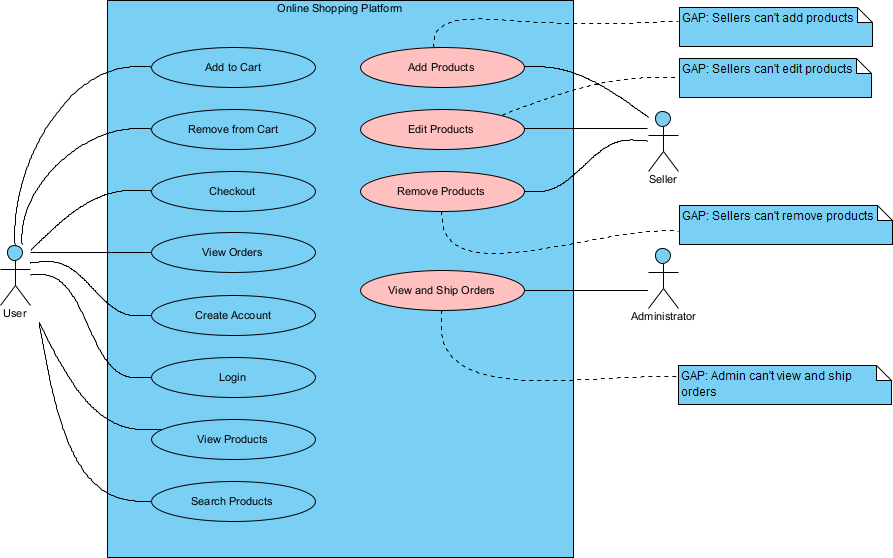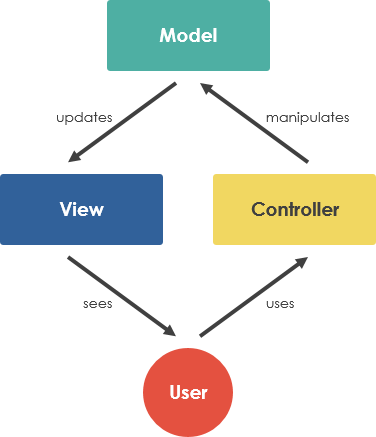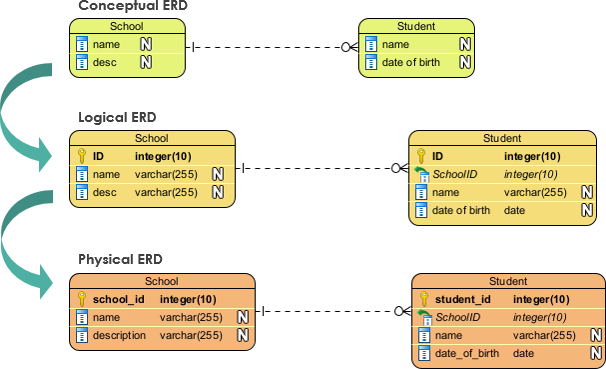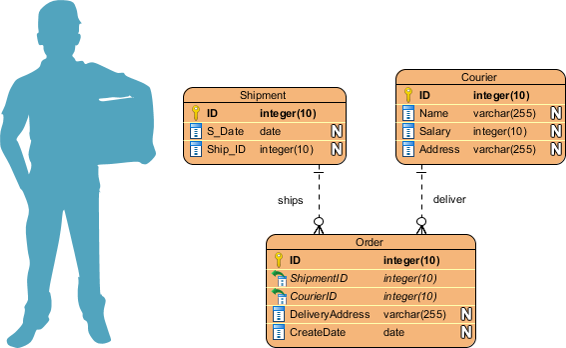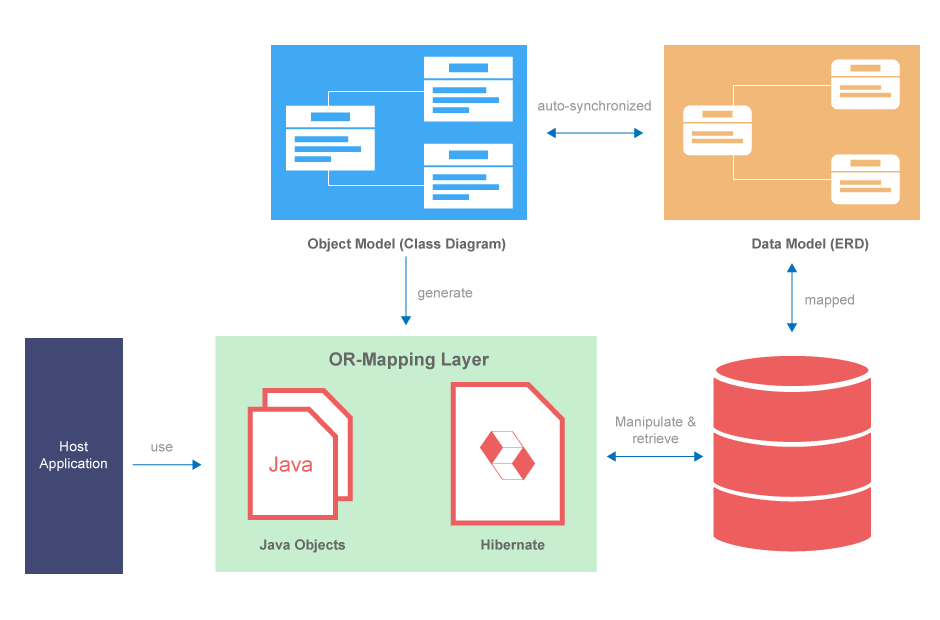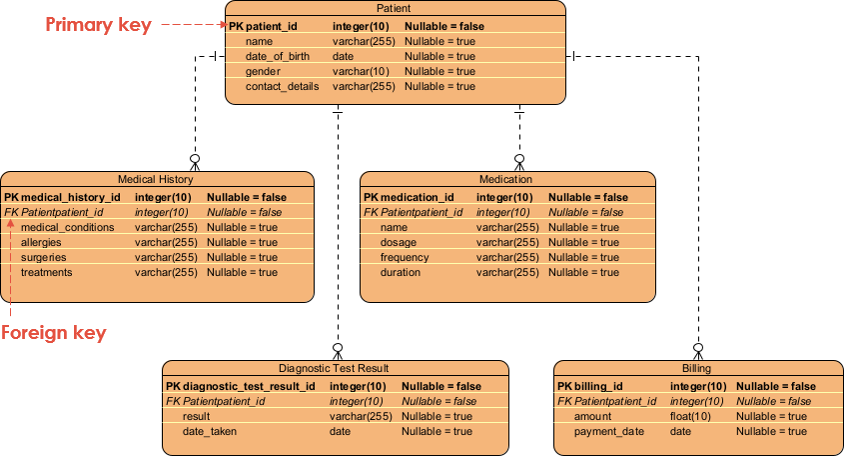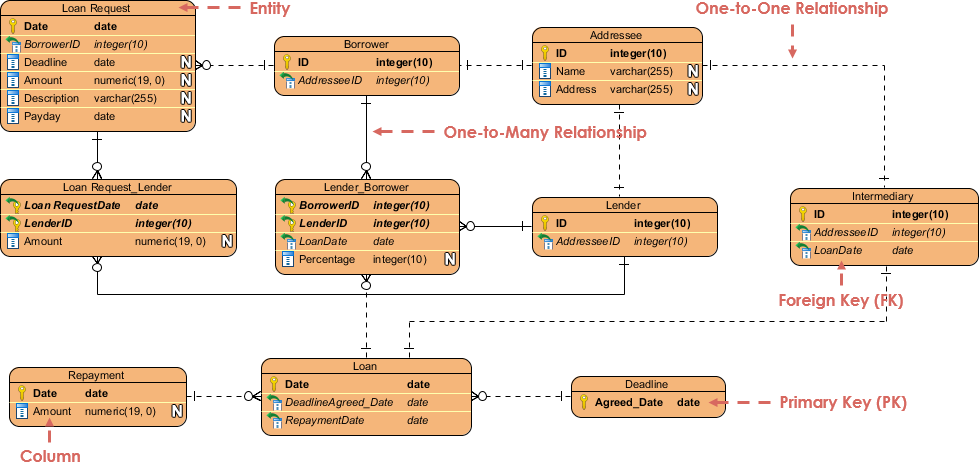Home » Archives for March 2023 » Page 6
Introduction In today's digital age, having an effective online shopping platform can be a crucial factor in the growth and success of any business. However, creating and maintaining such a platform can be a complex and challenging task. In order to achieve an effective and user-friendly online shopping platform, businesses must use a structured approach that ensures that all aspects of the platform are carefully planned, designed, and implemented. One such approach is the use case approach, which involves identifying the various ways in which users interact with the platform and designing features…
continue reading →
The Agile methodology has become increasingly popular in recent years for project management and software development. Its flexibility and ability to adapt to changing circumstances has made it an attractive option for businesses looking to streamline their processes and increase efficiency. One important aspect of Agile project management is developing a project proposal with a thorough analysis of use cases. In this article, we will explore how to develop an Agile project proposal using use case analysis, using a local grocery store as an example. We will discuss the process of prioritizing use…
continue reading →
Class diagrams are a key component of object-oriented programming, helping developers visualize the structure of their software and its interactions. In software development, it's important to identify classes based on a use case to create an accurate and effective class diagram. In this article, we'll explore the steps involved in identifying classes based on a use case and then developing a class diagram. We'll also discuss how to refine a class diagram into an MVC detailed class diagram. Step 1: Identify Use Cases Before creating a class diagram, it's essential to understand the…
continue reading →
Data Modeling and Object Modeling: A Synergistic Relationship Data modeling is the process of creating a visual representation of data and its relationships. It helps to understand the data and its structure, which is crucial for developing software applications, databases, and other data-related projects. Object-oriented (OO) system development is a software development methodology that emphasizes the use of objects and classes to represent real-world entities and their relationships. Object modeling is a key aspect of OO system development. It involves creating a model of the system using objects, classes, and their relationships. Data…
continue reading →
Exploring the Key Concepts and Elements of Entity-Relationship Diagrams (ERDs) What is an entity-relationship diagram (ERD) An entity-relationship diagram (ERD) is a powerful tool for data modeling that allows developers and designers to create a visual representation of data and its relationships. ERDs are based on the concept of entities, which are objects or concepts that have independent existence and can be represented as rectangles in an ERD. Attributes are properties of an entity that describe its characteristics or features, and are represented as ovals in an ERD. Relationships describe how entities are…
continue reading →
Data Modeling and Object-Oriented Design Data modeling and object-oriented design are two essential components of software engineering. While data modeling aims to represent data and relationships between entities, object-oriented design focuses on the creation of software objects that encapsulate data and behavior. The relationship between these two concepts is crucial in building robust and maintainable software systems. In this article, we'll explore why data modeling is useful for object-oriented design, how entities and entity-relationship diagrams (ERDs) are related to objects in class diagrams, and how data modeling can help to develop your class…
continue reading →
Hibernate Framework is an open-source Object-Relational Mapping (ORM) tool for Java programming language. It provides a framework for mapping an object-oriented domain model to a relational database. This framework allows developers to work with databases using object-oriented programming constructs instead of traditional SQL queries. In this article, we will discuss Hibernate Framework and why Visual Paradigm is a good choice for working with it. What is Hibernate Framework? Hibernate Framework was created by Gavin King in 2001, and it has since become one of the most popular ORM tools for Java programming language.…
continue reading →
Problem Statement: Hospital System The hospital currently relies on a paper-based system to manage patient information, medical records, and billing. The paper-based system has several limitations, including difficulty in accessing patient information in a timely manner, increased risk of data loss or misplacement, and errors in billing and medical record keeping. As a result, the hospital has decided to develop an electronic health record system to improve the efficiency and accuracy of their operations. The new electronic health record system should be able to store and manage patient demographic information, medical history, diagnostic…
continue reading →
Refining Entity-Relationship Diagrams (ERDs) for Effective Database Design Problem Description: ER Modeling - A car rental company System A car rental company needs to create a database to manage their business operations. The company has a large fleet of cars that are rented out to customers for short-term and long-term rentals. The company has several branches in different locations, and each branch has its own fleet of cars. The company wants to keep track of the cars that are available for rent, the customers who have rented the cars, the rental periods, and…
continue reading →
Problem Description: College Student Course Registration System: A college wants to create a course registration system for its students. The system should allow students to register for courses, drop courses, view their schedule, and check their grades. Each course has a unique course code, course name, and credit hours. The system should also allow the college to manage course offerings, including the ability to add new courses, remove courses, and modify course details. Each course offering has a unique section number, start date, end date, meeting time, and instructor. In addition, the system…
continue reading →

